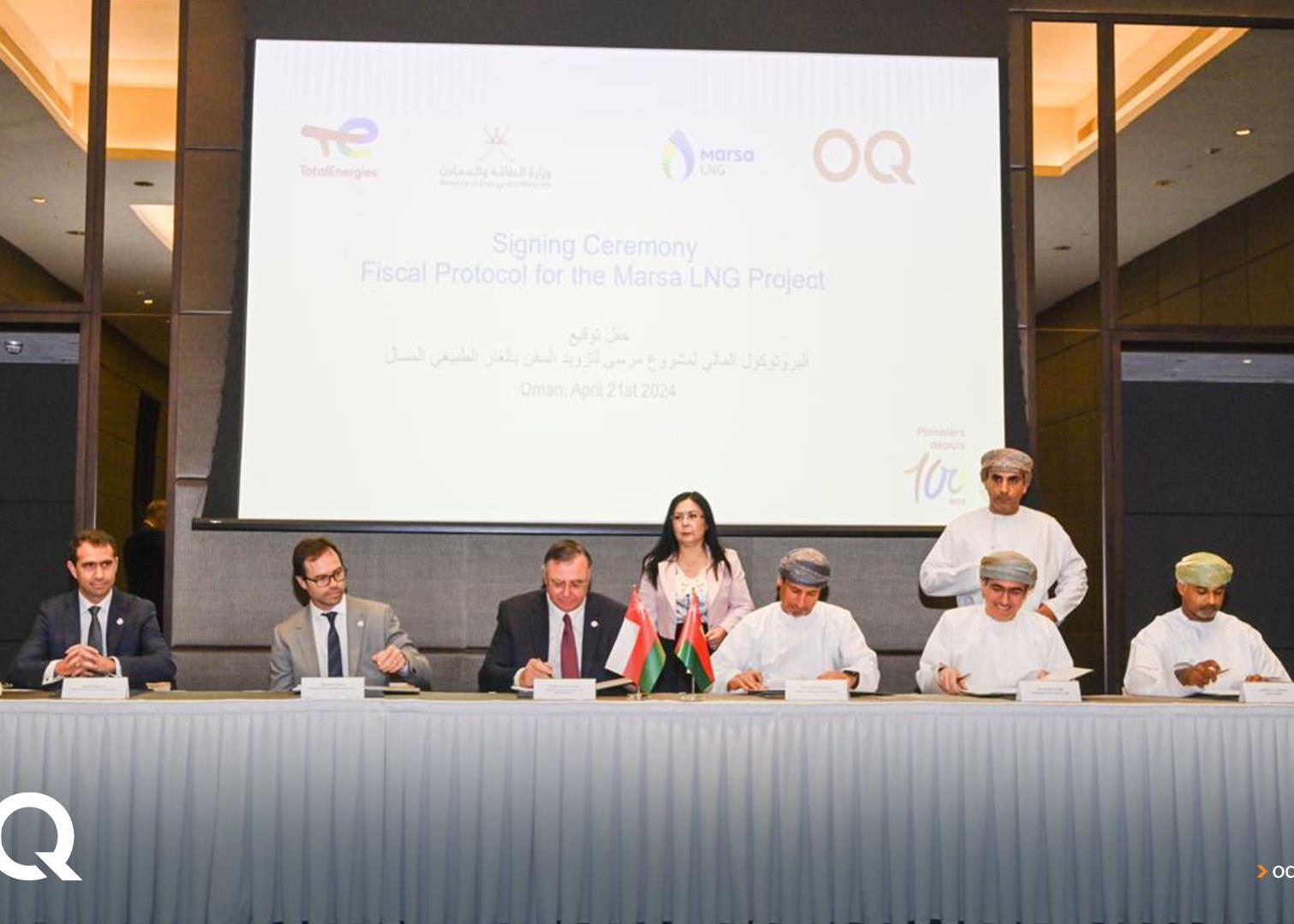
High oil prices are set to deliver economic growth in the GCC of about 10 per cent in 2007, with the non-oil sector providing the strongest area of growth, according to an assessment of the GCC economy by Washington-based Institute for International Finance (IIF).
The IIF forecasts that average oil prices of about $68 a barrel in 2006 and $70 a barrel in 2007 will underpin nominal gross domestic product (GDP) growth in the GCC of about 19 per cent in 2006 and 9.4 per cent in 2007. This follows a cumulative expansion in nominal GDP of about 74 per cent over the past three years.According to the IIF, real growth in the non-hydrocarbon sector outpaced hydrocarbon growth in every country in the GCC apart from Qatar in 2005, with petrochemicals and aluminium production leading the expansion. With limited scope for near-term increases in oil production, the IIF expects the non-oil sector to remain the main contributor to real growth in 2006 and 2007.'The economic boom is set to continue,' says the IIF report. 'High oil prices have facilitated a surge in investment and the significant number of major projects under way will provide momentum for sustained non-hydrocarbon growth for several years to come. Growth and investment will occur in an environment of further modest liberalisation.'The IIF estimates that the GCC will record a current account surplus of almost $230,000 million in 2006 and about $220,000 million in 2007, following surpluses of $167,000 million in 2005 and $89,000 million in 2004.'Although GCC domestic investment programmes will require large imports of goods and services the current account surplus is forecast to average 30 per cent of GDP this year and next year,' says IIF managing director Charles Dallara. 'As a result, we continue to project that the GCC states will remain a huge net capital exporter.'According to IIF estimates, the GCC economies will substantially increase their overseas holdings, with foreign investment flows from the GCC expected to reach at least $450,000 million in 2006 and 2007. GCC export earnings are expected to stand at about $544,000 million in 2007, with about 80 per cent coming from oil and gas sales.High oil prices will underpin increased government spending and sustain budget surpluses, says the report. Growth in government spending is forecast to grow at about 20 per cent a year in 2006 and 2007 with spending on capital projects forecast to rise significantly.'With the growth in oil price expected to slow markedly in 2007, we forecast that aggregate fiscal surplus will widen to 24 per cent of GDP in 2006 before narrowing to 20 per cent of GDP in 2007,' says IIF chief economist Paul Gamble.Inflation is expected to peak at just over 5 per cent in 2006, before falling in 2007 as supply bottlenecks begin to unwind, particularly through the increased availability of property.Despite the bullish forecasts, the report highlights several areas of risk. 'Continuing dependence on the oil sector leaves the GCC vulnerable to adverse market shifts,' says IIF Africa-Middle East director Howard Handy. 'Also, we have seen high volatility in the asset markets and we cannot rule out further falls in equity or real estate. In addition, the increasing instability and conflict in parts of the region and the threat of random terrorist attacks are continuing concerns.'
You might also like...

Contractors win Oman Etihad Rail packages
23 April 2024

Saudi market returns to growth
23 April 2024

Middle East contract awards: March 2024
23 April 2024

Swiss developer appoints Helvetia residences contractor
23 April 2024
A MEED Subscription...
Subscribe or upgrade your current MEED.com package to support your strategic planning with the MENA region’s best source of business information. Proceed to our online shop below to find out more about the features in each package.






